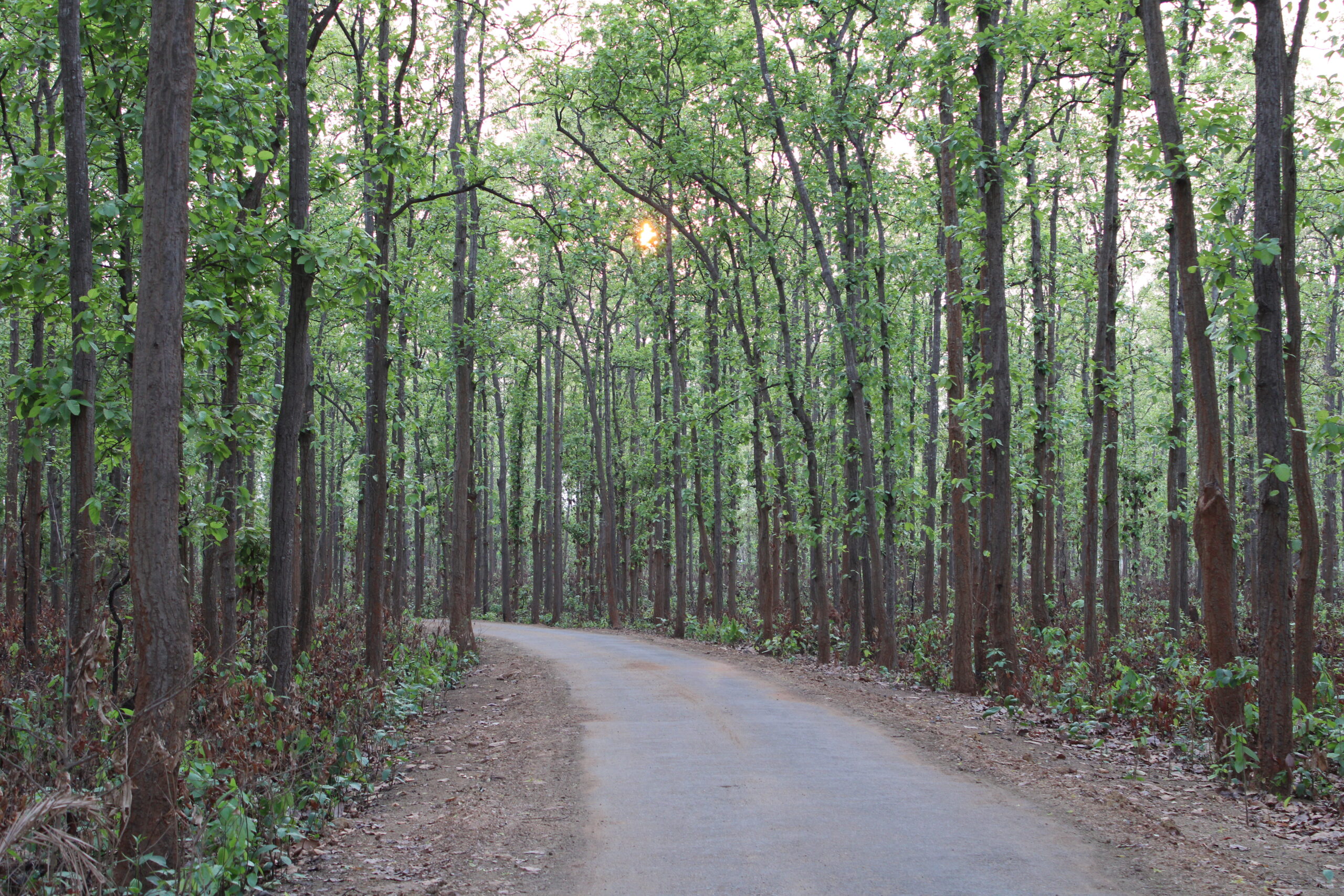
Experience a path less traveled
Witness abode of Sal, Saguan and Teaks in the forests of Mayurbhanj and listen to the silence of nature like never before.
Then one fine day when you finally travel …
I am putting some beautiful songs to accompany you in your travel by Eddie Vedder from the movie Into the Wilds
How to reach
Because of Mayurbhanj’s infinite beauty of forests, I would suggest travelers to take a road trip during the daytime to experience the serene beauty of the place. Since Baripada is the main city, mostly you will be travelling to this place only. But before jumping there lets talk about “climate” as it might affect your experience.
Climate :
The general climate of the district is characterized by oppressive heat in summer, severe cold in winter with high humidity throughout the year. So people travelling from outside must plan a bit before. The temperature inside the forest is generally lower than the outside and it gets colder in the nights.
Travel Tips :
If you are planning to stay inside forest ( Similipal or Lulung ) and visiting in Summer then a simple half jacket for men like this would be enough. Ladies can either go a for a denim jacket or a simple shawl like this. If spending time in forest is not in your plan, you can simply ignore this.
Winters could be tricky, so its better to plan ahead. A heavy bomber jacket for men like this would be great. Women can prefer going for something heavy like this too but not too shiny as shiny things are generally avoided in the forest to reduce attraction of wild animals.
Though rains are rare during tourism season, but its good to have an umbrella. If you looking for detailed tips and suggestions on visit to Similipal, please check this link here.
Roads :
Roads are really smooth as mostly you would be travelling on national highways. You will find many food dhabas on the road, so travelling with food might not be necessary. The network of luxurious AC buses provide travelers all the necessary rest for their main journey.
Kolkata to Baripada
Bhubaneswar to Baripada
If you are coming from Bhubaneswar and plan to take buses, most of the good buses ply in the night. Personally, I used to commute from Bhubaneswar to Baripada quite often – and I liked services of Khusi, Sonax, Gajanan, Das & Das and Nilamadhaba Buses. Cost would be around 300-350/- for AC seaters. Price might vary now. You can book them from https://www.redbus.in/.
From Kolkata also bus communication is great. I have traveled on Nilamadhaba and Das & Das.
Once you reach to Baripada’s bus stand, you are already in the heart of the city.
Railways :
If you are looking for cheaper alternative, trains are your friend. Though train services in Baripada are still improving, but you can choose to come to Balasore which is hardly 60 kms away and from there you can travel to Baripada either by local train or bus.
Currently from Bhubaneswar to Baripada – BBS BPO SPL train #02892 ply everyday at 5:30PM from Bhubaneswar. It reaches around 10:30 PM to Baripada. Good thing is railway station in Baripada is in the town itself, so you will find commute easily for your hotel or stay. I live very close to the railway station :).
Sadly there are no trains from Kolkata to Baripada directly. But you can get to Rupsa or Balasore from Kolkata and then travel to Baripada.
Airways :
Baripada has no active airport for now. Nearest is Dum-Dum (Netaji Subhash Chandra Bose) airport in Kolkata and Biju Pattnaik International airport in Bhubaneswar.
If travelling from outside, my recommendation is to take a flight to Bhubaneswar and then take road or train.
Geography
Mayurbhanj is the largest district of Odisha and it boundary touches the state of West Bengal and Jharkhand, because of which you will find many locals good with native bengali and hindi too.
Mayurbhanj is a land of lush green forests, rivers and mountains.
The Similipal forest of the district comprising a single compact area represents virgin semi ever green form. The growth of the forest is thick and impenetrable and is dominated by gigantic growth of large number of tree species chief being Sal. Other species such as Piasal, Asan, Neem, Kusum, Mahul, Dhow and Sisu are found all over the area too. The under growth is thick in Similipal Reserve forest but thin towards the periphery.

